How to explore New England’s most magnificent historic homes
If walls could talk: Open marriages, the fortunes (and follies) of powerful men and great literary works are baked into the historic homes that riddle New England.
This summer, many well-known mansions and lesser-known (but nonetheless significant) spreads are open to visitors to tour — and even to sleep in.
Novelist Edith Wharton (of “The Age of Innocence” fame) built her magnificent home, the Mount, among wealthy Gilded Age elite in Lenox, set amongst Massachusetts’s picture-perfect Berkshire Hills.
Notably, this is one of few homes designed and paid for at that time by a woman who earned her own money.
No wonder then, the independent Wharton met her husband’s infidelities with a little hanky-panky of her own.
Take a guided tour of the 1902 stunner for the juicy inside story! (Open daily from 10 a.m. to 5 p.m., $20).
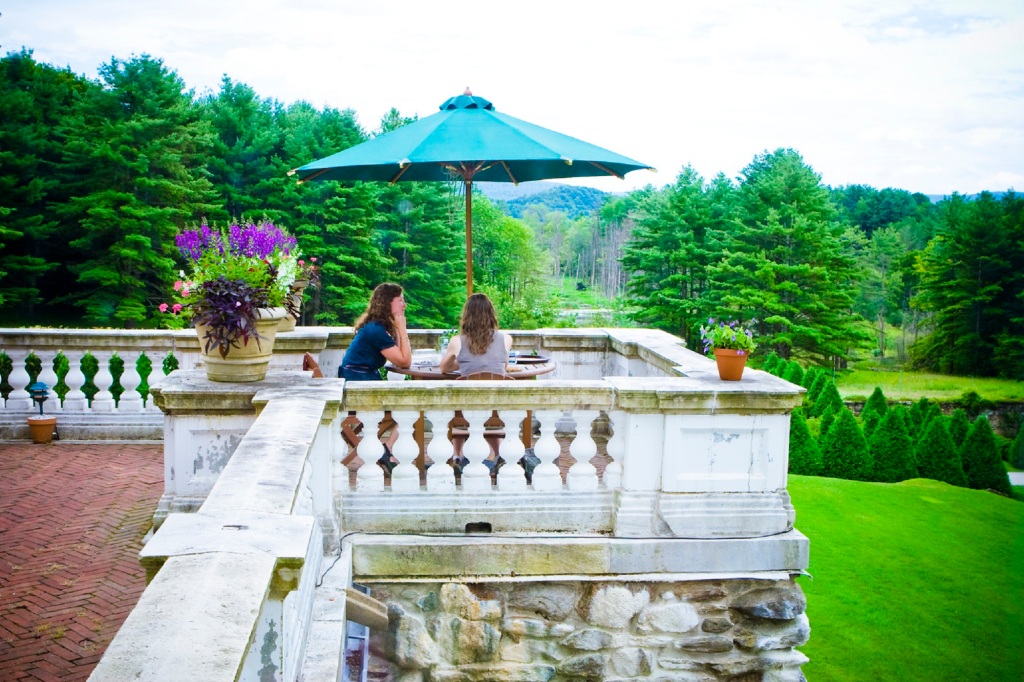
Another liberated woman was behind another of New England’s most decorous dwellings. In the 1890s, a privileged but financially bereft Florence Griswold transformed her parents’ grand farmhouse in Old Lyme, Connecticut, into a boarding house that welcomed artists at low rents.
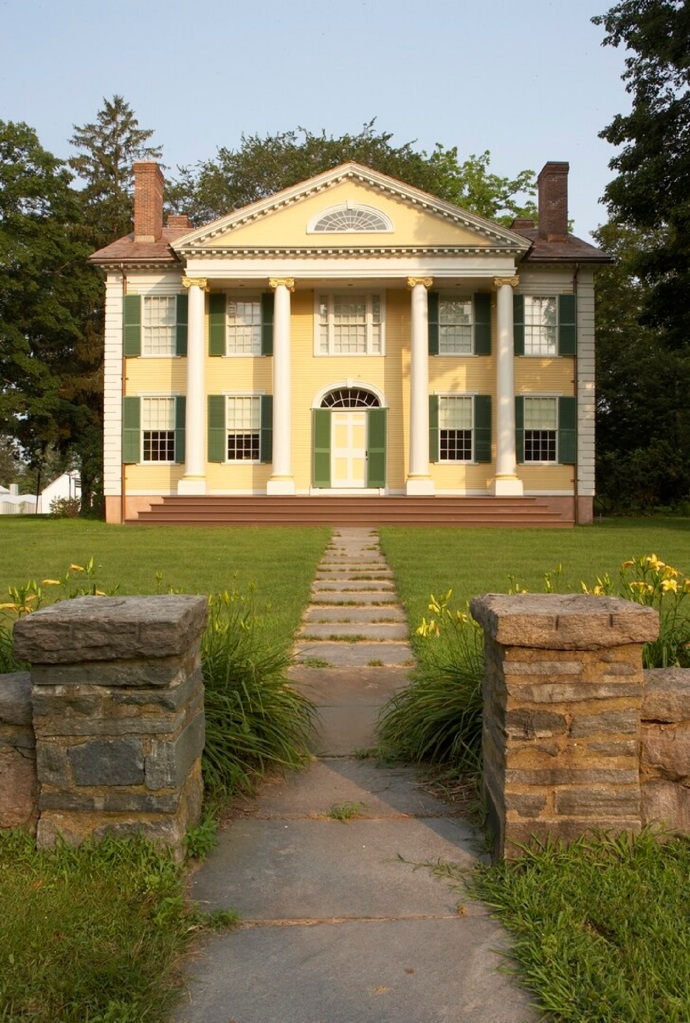
Dubbed the patron saint of American impressionism, Griswold’s property became the center of the Old Lyme Colony, the largest and best known impressionist art center in the nation.
Now the Florence Griswold Museum, it includes an impressive art museum on the beautiful grounds alongside the original house where Florence’s boarders painted on walls, doors, you name it (open Tuesday through Sunday from 10 a.m. to 5 p.m., $10).
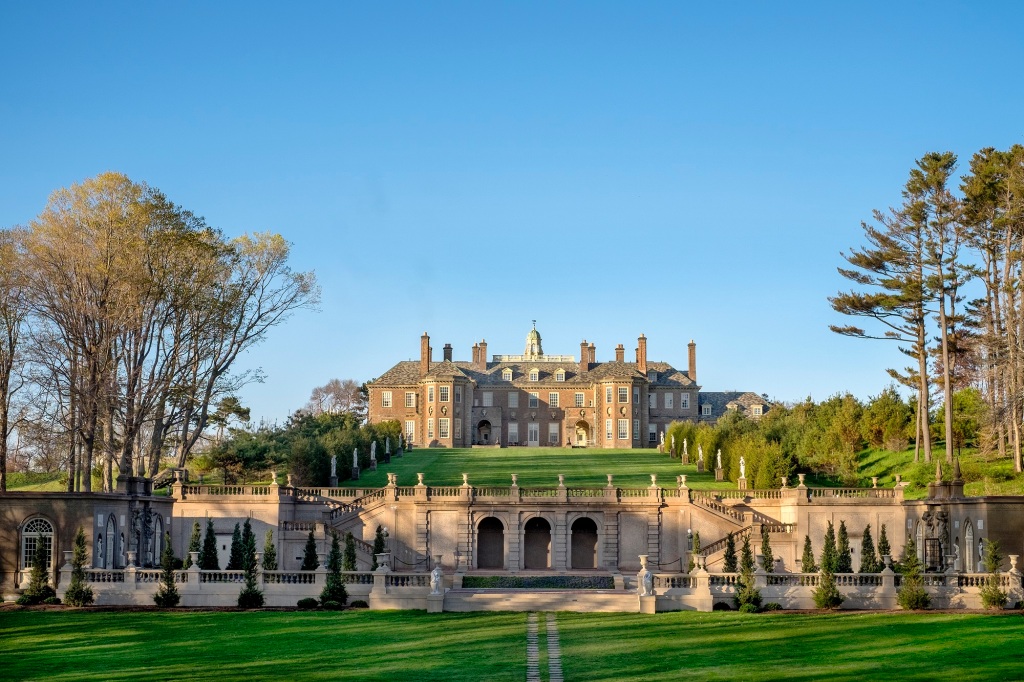
It is no great surprise that Chicago industrialist Richard T. Crane, Jr., head of a very successful plumbing business, built the Crane family’s summer home overlooking Ipswich Bay on Massachusetts’ North Shore to include plentiful bathrooms with top-of-the-line Crane plumbing fixtures.
Actually, Crane built the house twice because Mrs. Crane disliked the first attempt!
Finally finished in 1928, perched atop Castle Hill, the undulating half-mile Grand Allée leads from the house to the bluff, passing by a hidden casino complex where parties would rage in the ballroom.
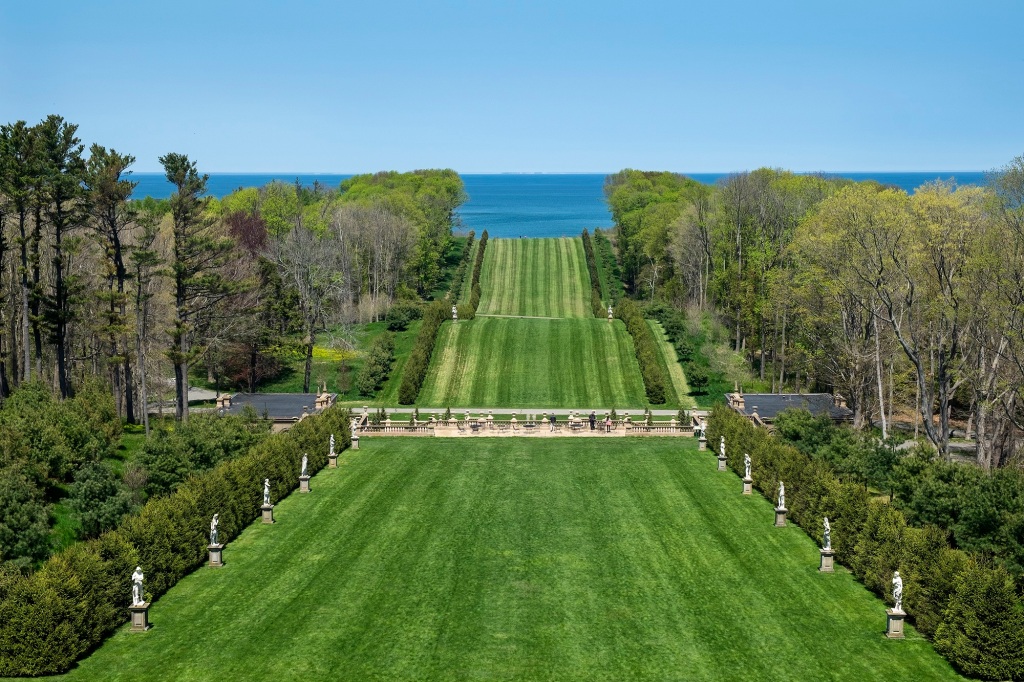
The rooftop terrace gives views to the pinky-amber sandy Crane Beach.
The Crane Estate now includes the Inn at Castle Hill, originally Castle Hill Farm, a bed and breakfast at the foot of the hill (Great House open Tuesday through Sunday from 10 a.m. to 4 p.m., $10. Rooms starting at $280).
Aptly named, Castle in the Clouds, a 1913 mountaintop estate in Moultonborough, New Hampshire, has the most stunning views over ethereal lakes and misty mountains.
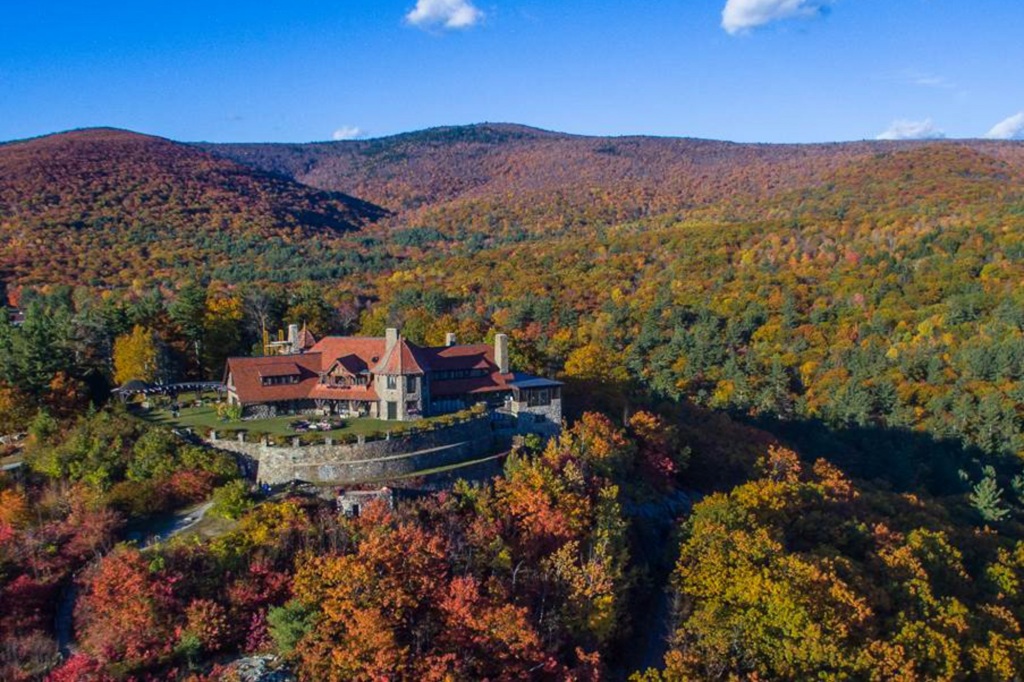
Clearly, Boston shoe manufacturer Thomas Plant loved the view, because after making a mint he retired young and dedicated himself to creating a veritable English-styled country estate for his family, right in New Hampshire’s Lakes Region, overlooking Lake Winnipesaukee.
Visitors can tour the property and take advantage of miles of hiking trails.
Sadly, Mr. Plant went broke building his Xanadu. His wife left him and his dream home was sold in the 1920s. (Open Thursday through Monday from 10 a.m. to 4 p.m., $20).
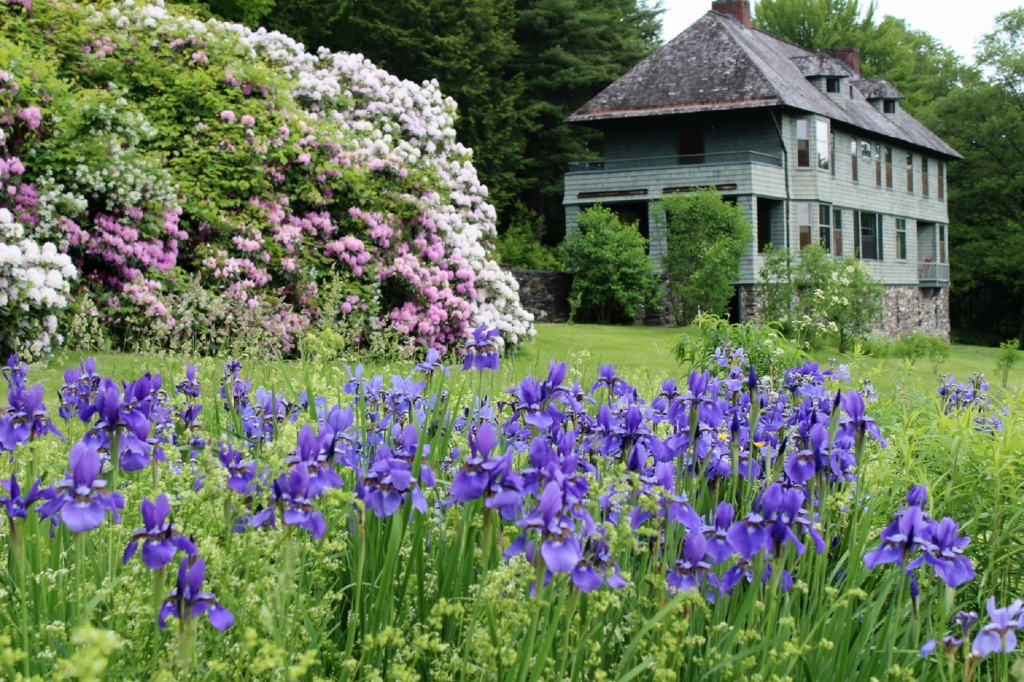
Located amongst Vermont’s Green Mountains in Dummerston, near the artsy town of Brattleboro, Naulakha was built by one of the world’s most famous authors: Rudyard Kipling.
A product of the British Raj in India, Kipling married a Vermont girl and designed Naulakha as a home for himself and his new wife.
They lived in the house only from 1893 until 1896, and it’s where Kipling penned his beloved “Jungle Book” series, and “Captains Courageous,” which is set in Gloucester, Massachusetts.
A National Historic Landmark, the house retains much of Kipling’s original furniture, including his writing desk. The house and extensive grounds, which includes Kipling’s original clay tennis court (the first tennis court built in Vermont), are only open for tours on certain days each year. The rest of the time, the house and carriage house are each rented as vacation homes.
Book fans from all over the world flock to Orchard House, where author Louisa May Alcott and her family lived, providing the setting for her groundbreaking novel, “Little Women.” Remarkably preserved, this Federal-style clapboard house on the outskirts of Concord, Massachusetts, includes the original furnishings used by the Alcott family — among them, the simple shelf desk where Louisa wrote her beloved novel.
Nearby, off the Minuteman Trail, a few minutes from Concord’s pretty Colonial center, the Old Manse has more literary connections.
Owned by Reverend William Emerson, this is where his grandson, poet Ralph Waldo Emerson, mused of the “shot heard round the world” in “Concord Hymn,” and stated: “To lose sight of nature is to lose sight of God” in his acclaimed book “Nature” (1836). Later, author Nathaniel Hawthorne (“The Scarlett Letter”) rented the 1770-built house from Emerson and wrote about it in “Mosses from an Old Manse.”
Hawthorne and his wife Sophia were not the best of tenants and etched still visible messages on a window pane (open Wednesday through Monday from 11 a.m. to 5 p.m., $12).
American graffiti, indeed.
Read the full article Here


